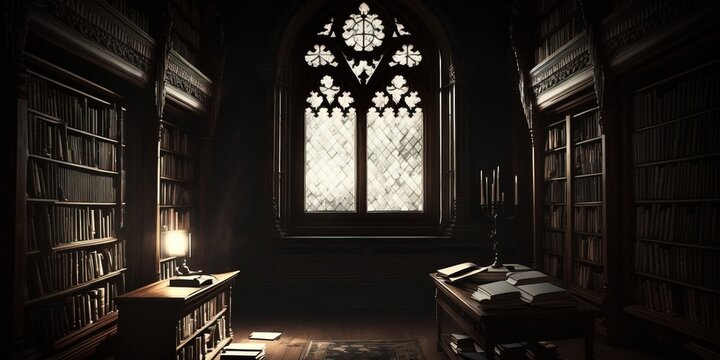
FAQ About Gothic Literature
Gothic Literature
2 years ago | gizem
What is the relationship between Gothic Literature and the Gothic fashion subculture?
Gothic Literature and the Gothic fashion subculture share a name and some thematic elements, but they are distinct phenomena with different origins and expressions. Here's an overview of their relationship:
Gothic Literature:
- Origins: Gothic Literature emerged in the late 18th century as a literary genre characterized by dark, mysterious, and supernatural themes. It has roots in the Romantic movement and often explores elements of horror, the uncanny, and psychological tension. Prominent early works include Horace Walpole's "The Castle of Otranto" and Mary Shelley's "Frankenstein."
- Themes: Gothic Literature typically deals with themes such as the supernatural, the sublime, forbidden love, psychological horror, and the exploration of the human psyche. It often takes place in eerie, atmospheric settings like castles, haunted houses, and desolate landscapes.
- Influence: Gothic Literature has had a significant impact on the horror genre and has inspired countless writers, filmmakers, and artists. It continues to be a popular and influential genre in literature.
Gothic Fashion Subculture:
- Origins: The Gothic fashion subculture emerged in the late 20th century, primarily in the punk and post-punk music scenes. It was heavily influenced by Gothic Literature, as well as art, music, and alternative lifestyles. The subculture gained visibility in the 1980s.
- Fashion: Gothic fashion is characterized by its dark, dramatic, and often theatrical clothing styles. Common elements include black clothing, leather, lace, corsets, Victorian and Edwardian influences, and accessories like chokers and dark makeup. The fashion often reflects a sense of rebellion against mainstream norms.
- Music: Music is a central aspect of the Gothic fashion subculture. Bands like Siouxsie and the Banshees, The Sisters of Mercy, and Bauhaus are associated with the subculture. Gothic fashion is often linked to goth music genres, such as gothic rock, darkwave, and industrial.
- Subculture Identity: The Gothic fashion subculture is not solely about clothing but also about identity and lifestyle. It can involve an affinity for dark and macabre aesthetics, an appreciation for art and literature, and a sense of community among members.
